It doesn’t matter in the slightest whether or not season 3 of The Witcher proved to be the show’s best or worst; it’s always going to be a bittersweet experience for fans knowing that it marks the last time they’ll see Henry Cavill as Geralt of Rivia.
To call the actor’s decision to depart a hammer blow would be underselling it dramatically, but that was merely a drop in the ocean compared to the backlash to follow the announcement Liam Hemsworth had been drafted in as his replacement. With that in mind, the pressure was stacked against an already-beleaguered creative team to deliver the goods, and it has to be said that the first half of Cavill’s swansong soars in terms of story, scope, scale, and spectacle at various points, but there’s one major problem.
Netflix’s decision to split so many of its biggest shows into “volumes” is infuriating to say the least, and it’s hard to invest fully in The Witcher‘s latest batch of episodes knowing that it has no intentions of telling a complete tale. It’s certainly an engaging one, but even the cliffhanger moment that draws a line under the fifth and final chapter in Volume 1 is sure to leave the fandom spitting feathers as they wait for the conclusion.
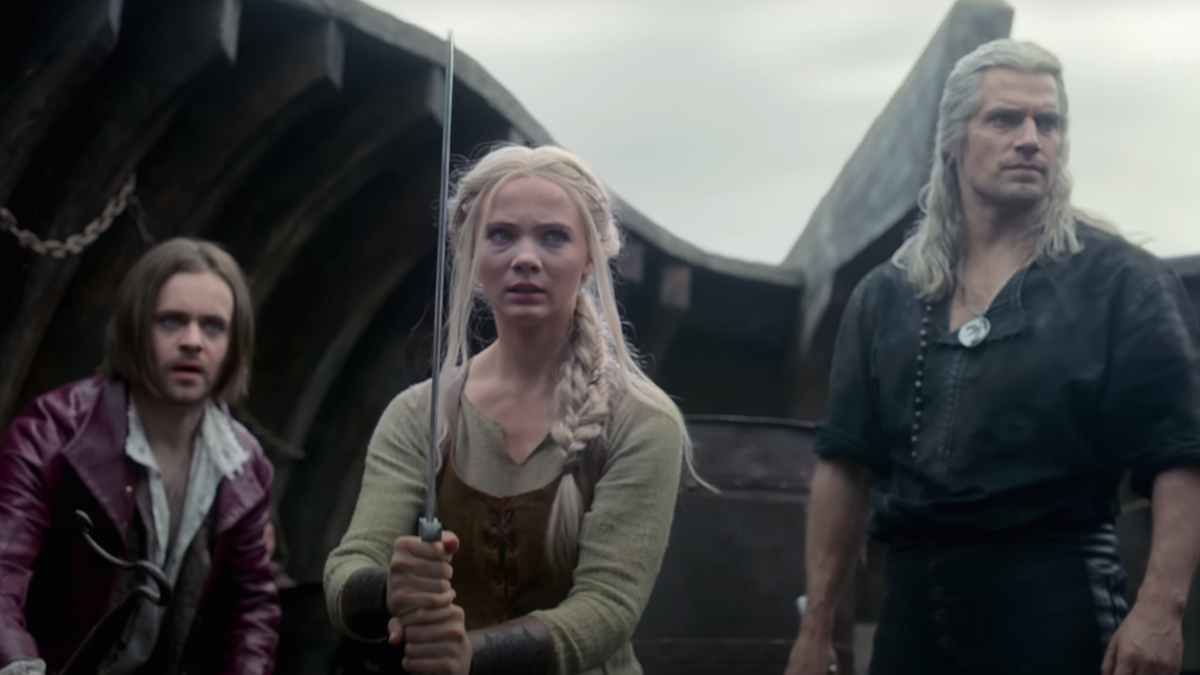
Opening with a bang, season 3 almost crashes right through the looking glass to reintroduce Geralt with a classic hero shot, and you won’t be surprised to hear the first word to come out of his mouth is “Hm.” From there, he decimates a rogue band of invaders in slick and stylish fashion, reminding everyone that The Witcher is a gorgeously-designed show when it isn’t being battered on all sides by viewers upset over the incoming changes.
From there, the narrative doubles down on its recurring theme of found family, with Geralt still acting as the doting (at least for him) surrogate father to Freya Allen’s Ciri, with Anya Chalotra’s Yennefer continuing to generate sparks opposite Cavill as the on/off will they/won’t they throughline continues. Geralt and Ciri may have been the main driving force behind season 2, but it’s Yennefer’s turn this time around, and she’s got plenty on her plate to deal with.
There are several heavyweight dramatic scenes between the pair that finds them laying their emotional cards on the table, but there’s also the inevitable split and reconciliation that comes when Ciri decides maybe she isn’t better off branching out on her own when everyone all across the Continent is determined to seize possession of her for their own nefarious means.
Joey Batey’s Jaskier also gets dragged along for the ride – only partially against his will – to provide the lion’s share of comic relief, but his penchant for bedding anything and everything that moves is given a genuine arc in season 3, with the actor relishing in the opportunity to do more than simply react to those around him and occasionally pop off the odd ditty or two.
That being said, the formula does become repetitive after a while. Geralt, Yennefer, and Ciri agree they’re much better off sticking together, only to immediately do the exact opposite, end up in a spot of bother, and then end up being reunited. It’s arguably the most video game-esque The Witcher has ever felt, with plenty of sidequests and fast-travel moments cropping up as the trio seek to achieve the same goal – albeit in their own bespoke manner.
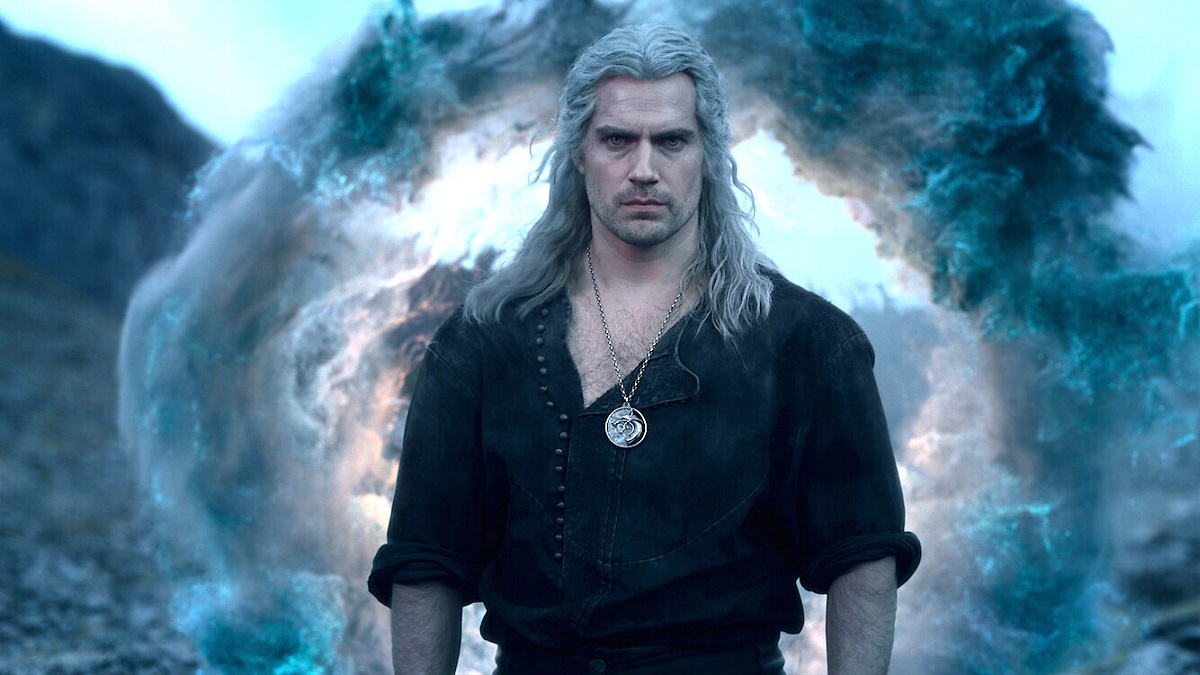
Sam Woolf’s fire mage Rience is still out there causing problems, Yennefer takes Ciri to Aretuza to further her training, Geralt refuses to take sides in a brewing conflict, Graham McTavish’s Redanian schemer Dijkstra remains up to his usual tricks while colluding with Cassie Clare’s sorceress Phillipa Eilhart, providing no shortage of subplots for the gang to contend with.
That’s without even mentioning the ongoing desire for Hugh Skinner’s Radovid to try and maintain control of his moral compass, all while MyAnna Buring’s Tissaia gets an increased amount of screentime on account of her quasi-reconciliation with Yennefer and what it all means in a larger focus to the Continent, as well as Eamon Farren’s conniving Cahir playing both sides in an ambitious ploy that ropes in Robbie Amell and whatever the hell his accent is supposed to be as guerrilla elf Gallatin.
In short, there’s a lot going on, and that barely even scratches the surface of the various machinations at play. If you haven’t revisited the first two seasons of The Witcher prior to the third, then it might be worth recommending for the sole purpose of trying to keep track of who is currently allied with who and why, although even that’s liable to shift on a dime.
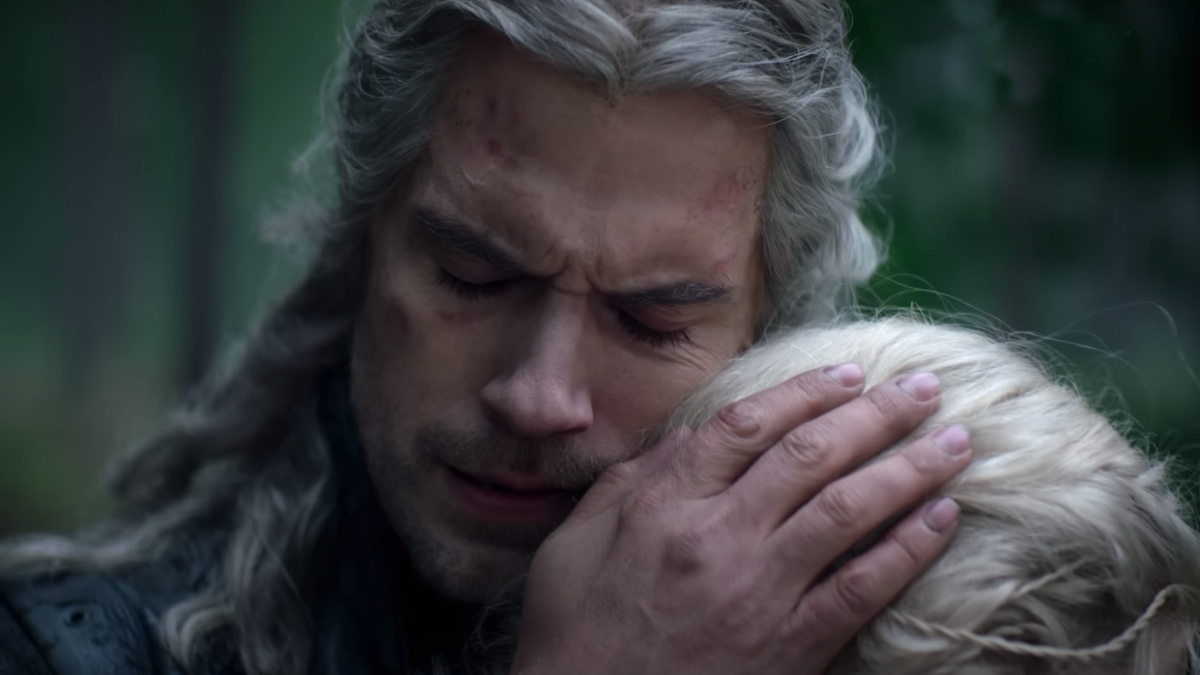
There’s also the looming threat of the Wild Hunt to contend with, as well as the overarching story regarding the White Flame that was teased at the end of season 2, but the number one issue with The Witcher being split in two is that it’s all setup and no payoff. There are innumerable moving pieces on the board, and as fascinating and intriguing as they may be in isolation, not once across five hours of television does it feel that any of them are even remotely close to being resolved.
It’s admittedly difficult to pass judgement on an entire season when Netflix is actively withholding 50 percent of it from its audience, but if we can infer that the first half’s over-reliance on expository interactions and vast swathes of political maneuvering being punctuated by brief bursts of gloriously violent carnage is simply laying the groundwork for a back stretch that allows Cavill to literally go out swinging by concluding all of his open-ended storylines in a suitable and satisfying manner, then season 3 as a whole stands a good chance of being The Witcher‘s finest hour.
The final installment even adopts the classic Rashomon storytelling technique to great effect, utilizing a party (complete with dancing Geralt!) as the backdrop for what’s effectively a 60-minute info dump, but it works because of the way in which it’s handled. That sentiment could easily apply to season 3 as a whole, as irritating as it is knowing there’s another month to go until those answers are provided.

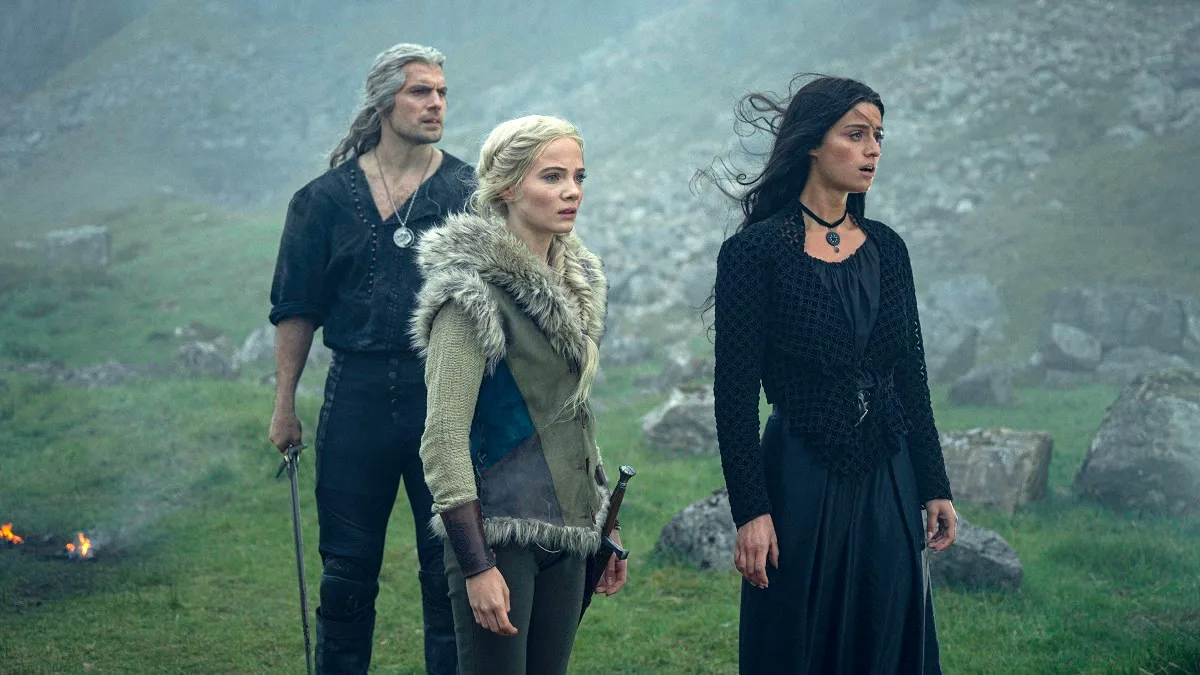
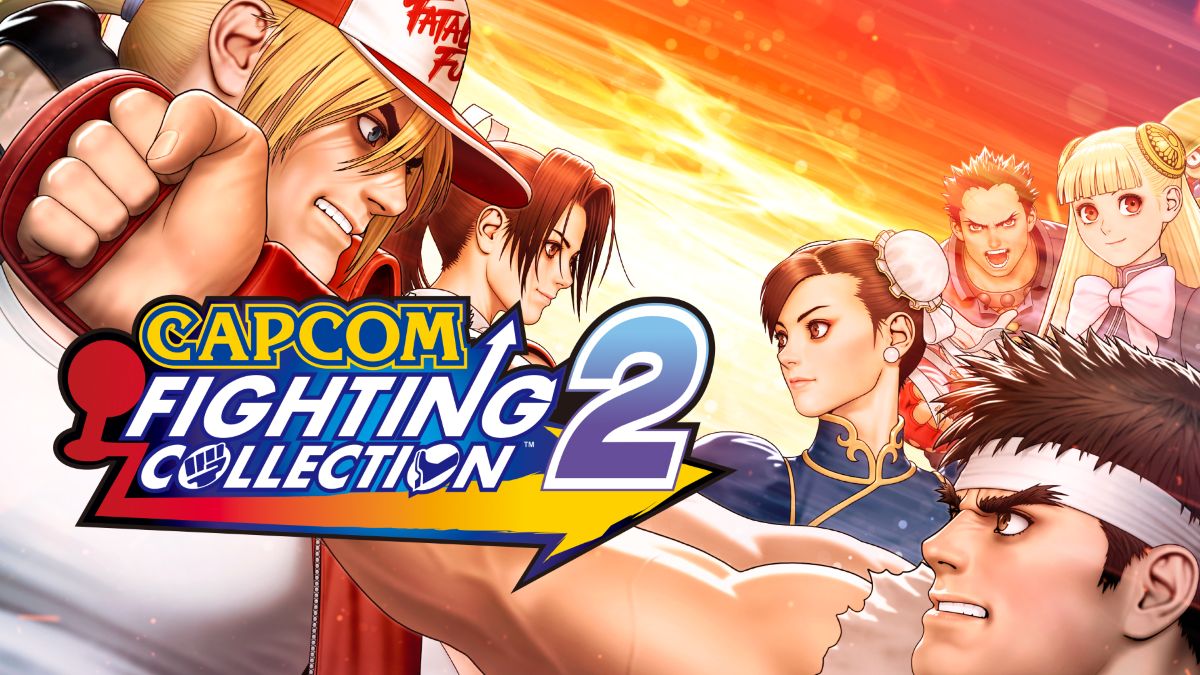






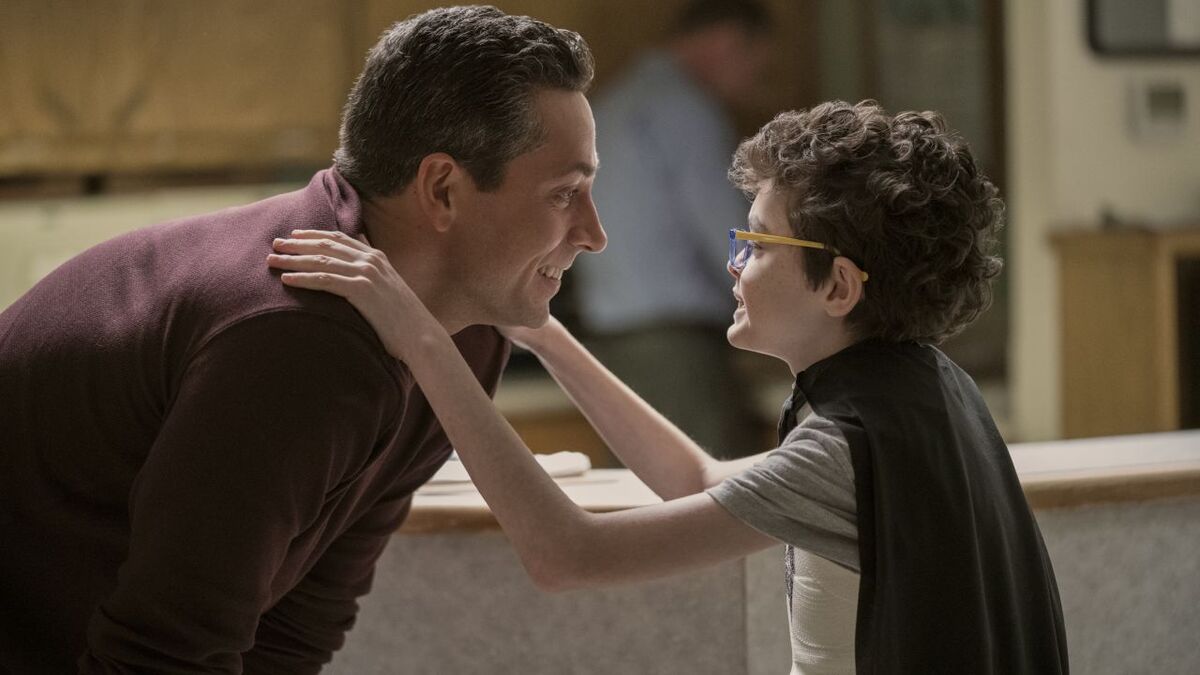

Published: Jun 29, 2023 04:12 am